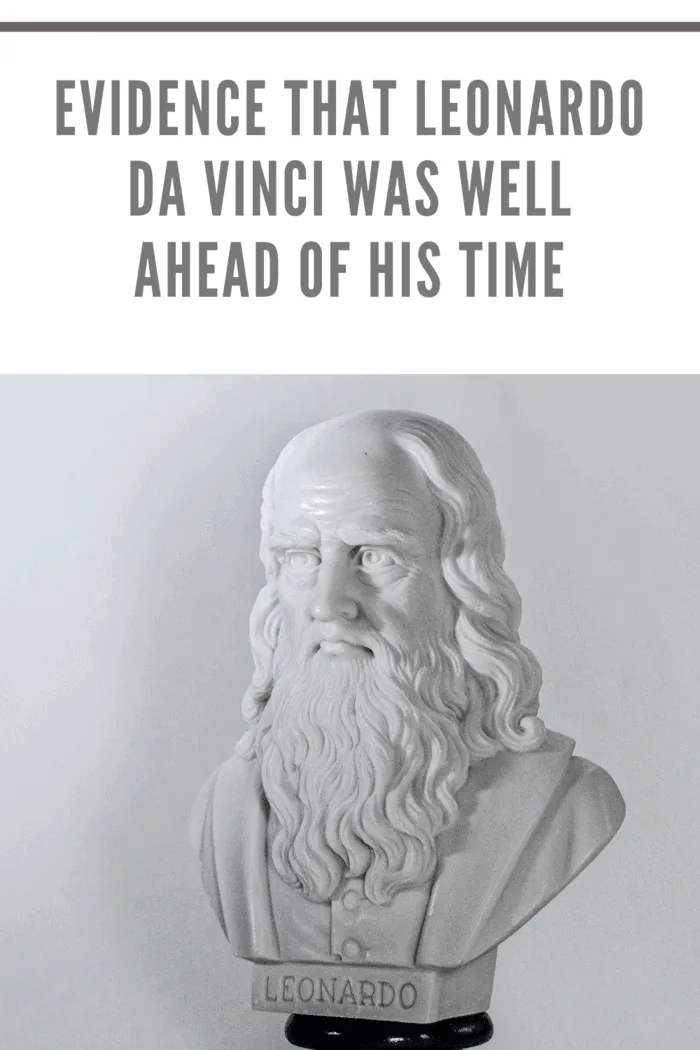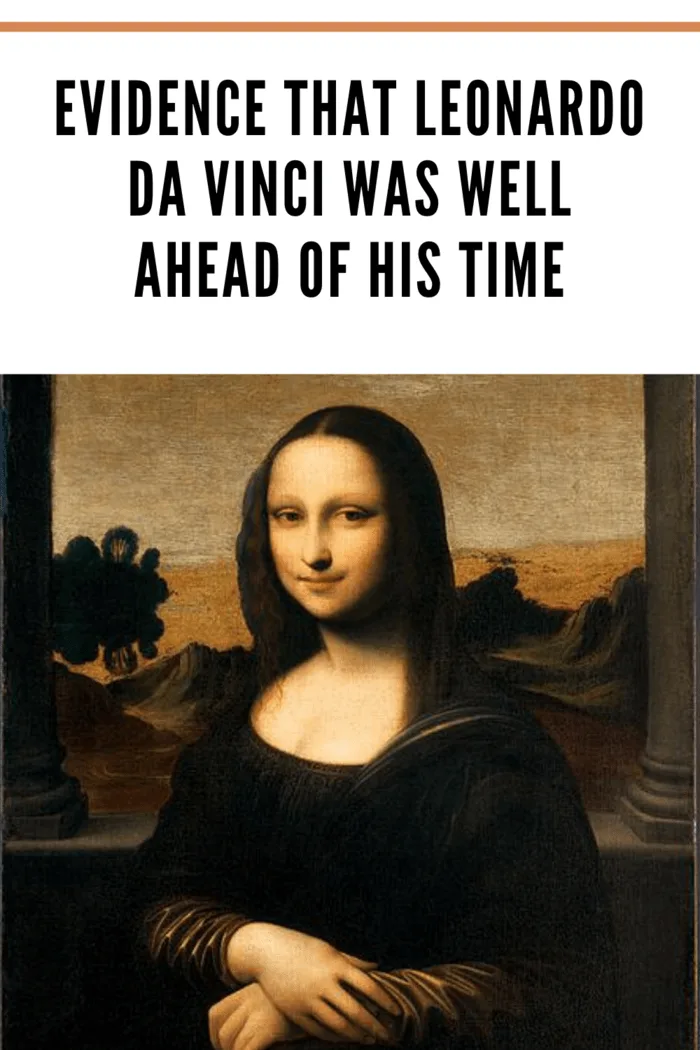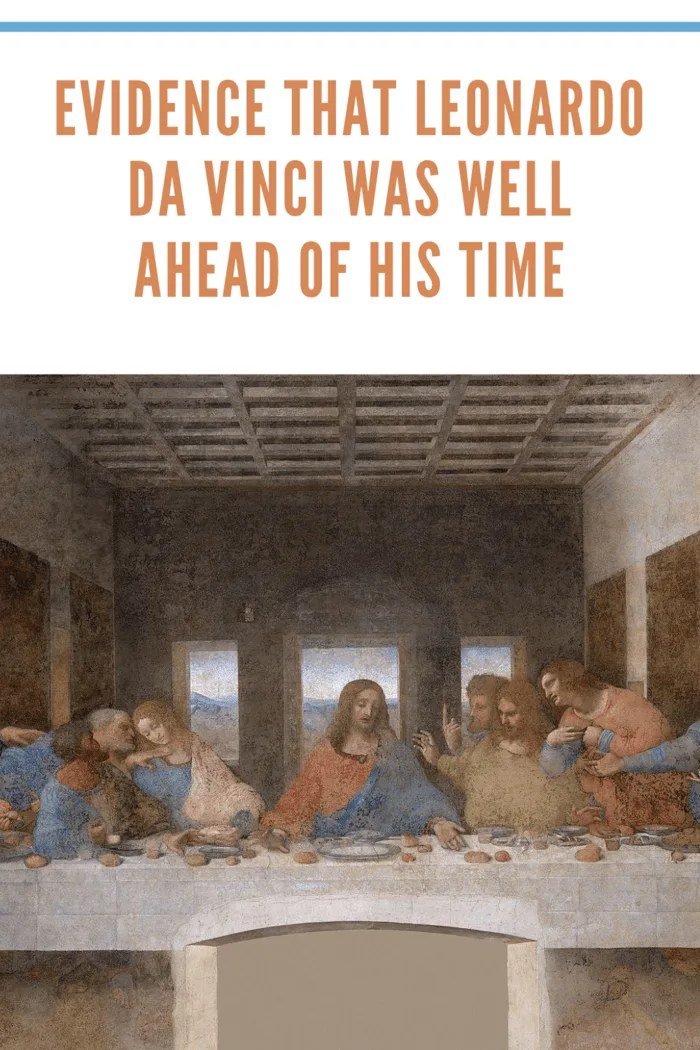Leonardo Da Vinci: A Visionary Ahead of His Time
When you think of Leonardo da Vinci, what comes to mind? Is it his iconic painting of the Mona Lisa? Or perhaps the awe-inspiring Last Supper? While his contributions to the world of art are undeniable, there’s so much more to da Vinci than meets the eye. He was a polymath—a painter, inventor, scientist, mathematician, and engineer who truly was well ahead of his time.
In this article, we’ll delve into the lesser-known aspects of Leonardo da Vinci’s life, exploring how he shaped not just the Renaissance, but also the modern world. Along the way, we’ll also examine his most famous works, the groundbreaking ideas he had centuries before their time, and his lasting impact. So, let’s take a closer look at why Leonardo Da Vinci Was Well Ahead Of His Time.

The Many Faces of Leonardo Da Vinci
While many recognize da Vinci for his artistic masterpieces, his brilliance extended far beyond the canvas. Born on April 15, 1452, in Vinci, Italy, Leonardo was a man of insatiable curiosity. His notebooks are filled with sketches, ideas, and inventions that, in many cases, were centuries ahead of the technology available during his lifetime.
Da Vinci was fascinated by the world around him. He was an inventor, designing machines and devices that wouldn’t become a reality until centuries later. From war machines to flying contraptions, his imagination knew no bounds. But what made Leonardo truly unique was his ability to seamlessly blend art and science.
Leonardo Da Vinci’s Inventions: A Glimpse into the Future
Leonardo’s mind was constantly racing, inventing and conceptualizing things that would not be seen until the modern era. From tanks to helicopters, many of his designs seem straight out of a futuristic novel. His sketches of tanks, for instance, laid the groundwork for the modern-day armored vehicle. Though the design had flaws and wasn’t feasible in his time, it offered a vision of what warfare might look like in the future.
One of his most intriguing inventions was the ornithopter, a machine inspired by the flight of birds. Leonardo believed humans could fly by mimicking a bird’s flapping wings. While we now know that this concept wasn’t scientifically sound, his work inspired future generations to pursue the dream of human flight. It wasn’t until the Wright brothers’ successful flight in 1903, nearly four centuries later, that this dream became a reality.
Though many of his inventions were never built, Leonardo’s designs served as blueprints for future innovation. Even his parachute design—a pyramid-shaped structure with a wooden frame—was tested in modern times, and to much surprise, it worked!
“Nature never breaks her own laws.” — Leonardo da Vinci

The Mystery Behind Mona Lisa’s Smile
No discussion of Leonardo da Vinci would be complete without touching on Mona Lisa, arguably the most famous painting in the world. Completed around 1503, this portrait has been the subject of speculation, intrigue, and admiration for centuries. But what makes her smile so captivating?
Some art historians believe that Leonardo employed a technique called sfumato, a method of blending colors to create a soft, almost imperceptible transition between tones. This gives Mona Lisa her lifelike appearance, making her smile seem to change depending on the angle from which you view her.
But the mystery doesn’t stop there. Who was the woman behind the smile? Many believe she was Lisa Gherardini, the wife of a wealthy Florentine merchant. However, others speculate that the painting might be a self-portrait in disguise, with Leonardo depicting himself as a woman. Whatever the truth, the painting continues to mesmerize and puzzle viewers to this day.
Fun fact: The painting has no visible brushstrokes, adding to the mystique of its creation.
Da Vinci and Mathematics: A Hidden Influence in His Art
If you look closely at da Vinci’s art, you’ll notice the influence of mathematics. His work was not just about aesthetics but also about precision and geometry. Take The Last Supper, for example. This iconic piece, completed in the late 15th century, is a masterclass in perspective. Da Vinci used horizontal lines and vanishing points to create a sense of depth, making the viewer feel as though they’re right there in the room with Christ and his disciples.
Another prime example is Mona Lisa. Her enigmatic smile has captivated audiences for centuries, but did you know that mathematics played a role in her composition? Da Vinci employed the golden ratio—an ancient mathematical principle found in nature—to create a sense of harmony and balance in the painting.
In fact, da Vinci’s obsession with math extended far beyond his art. His notebooks are filled with studies of geometry, anatomy, and architecture, showcasing his belief that math was the key to understanding the universe.

Under the Mask of Genius: Leonardo’s Humanity
It’s easy to think of Leonardo da Vinci as a larger-than-life figure, but he was, after all, human. He had his own struggles and imperfections. One thing many people don’t know is that Leonardo often didn’t finish what he started. He was notorious for abandoning projects, moving on to something new before completing the previous one.
Despite his immense talent, there’s still much mystery surrounding his personal life. For example, we don’t know exactly what Leonardo looked like when he was young. The famous self-portrait we associate with him, depicting a wise, elderly man, was painted when he was in his 60s. Yet, some art historians believe it may not be a self-portrait at all, but rather an idealized depiction of wisdom and age.
